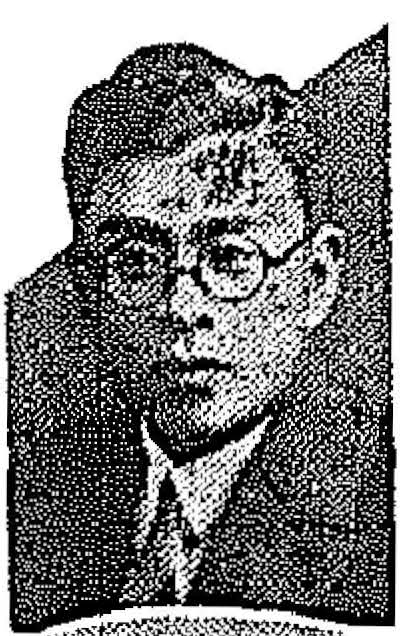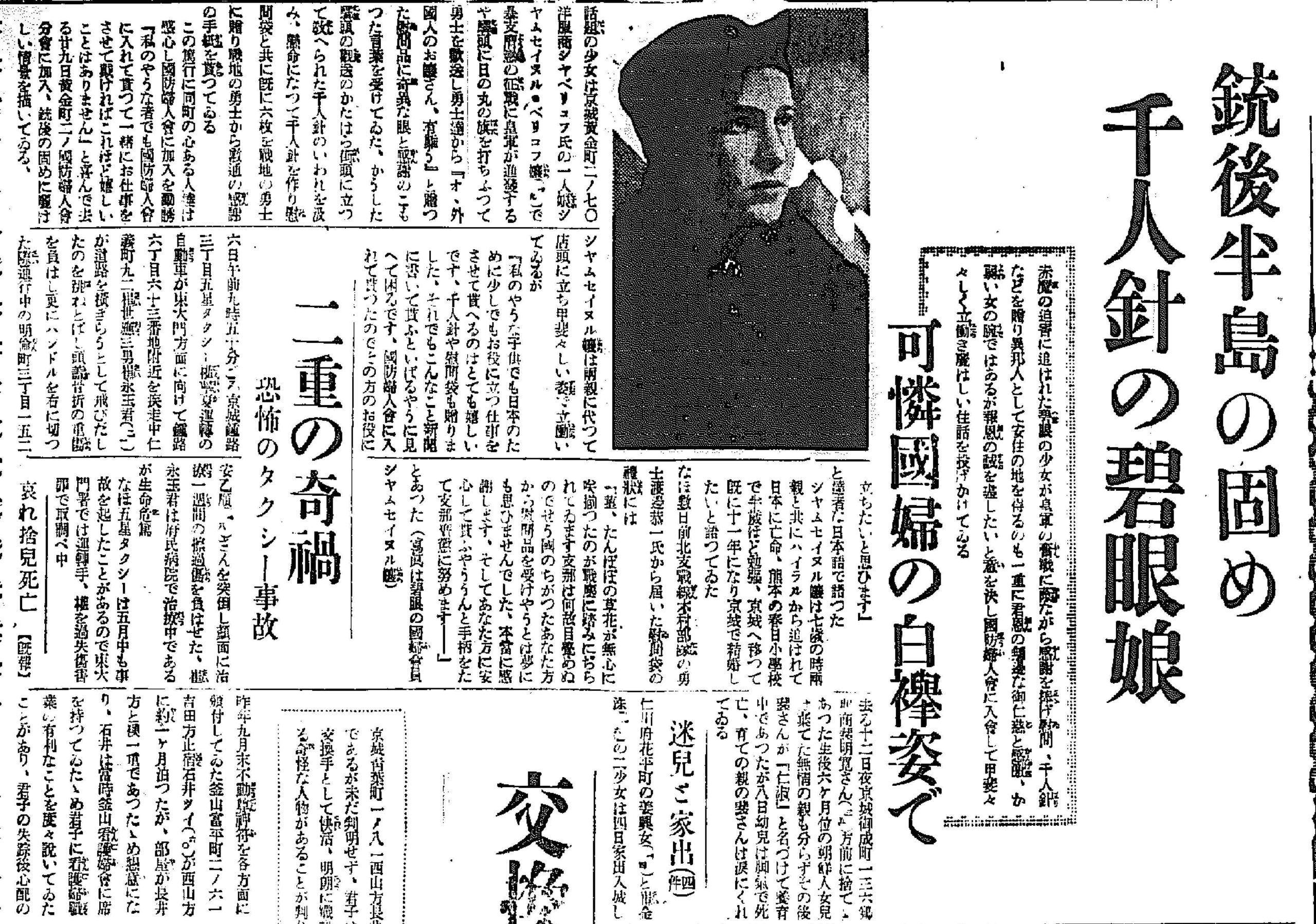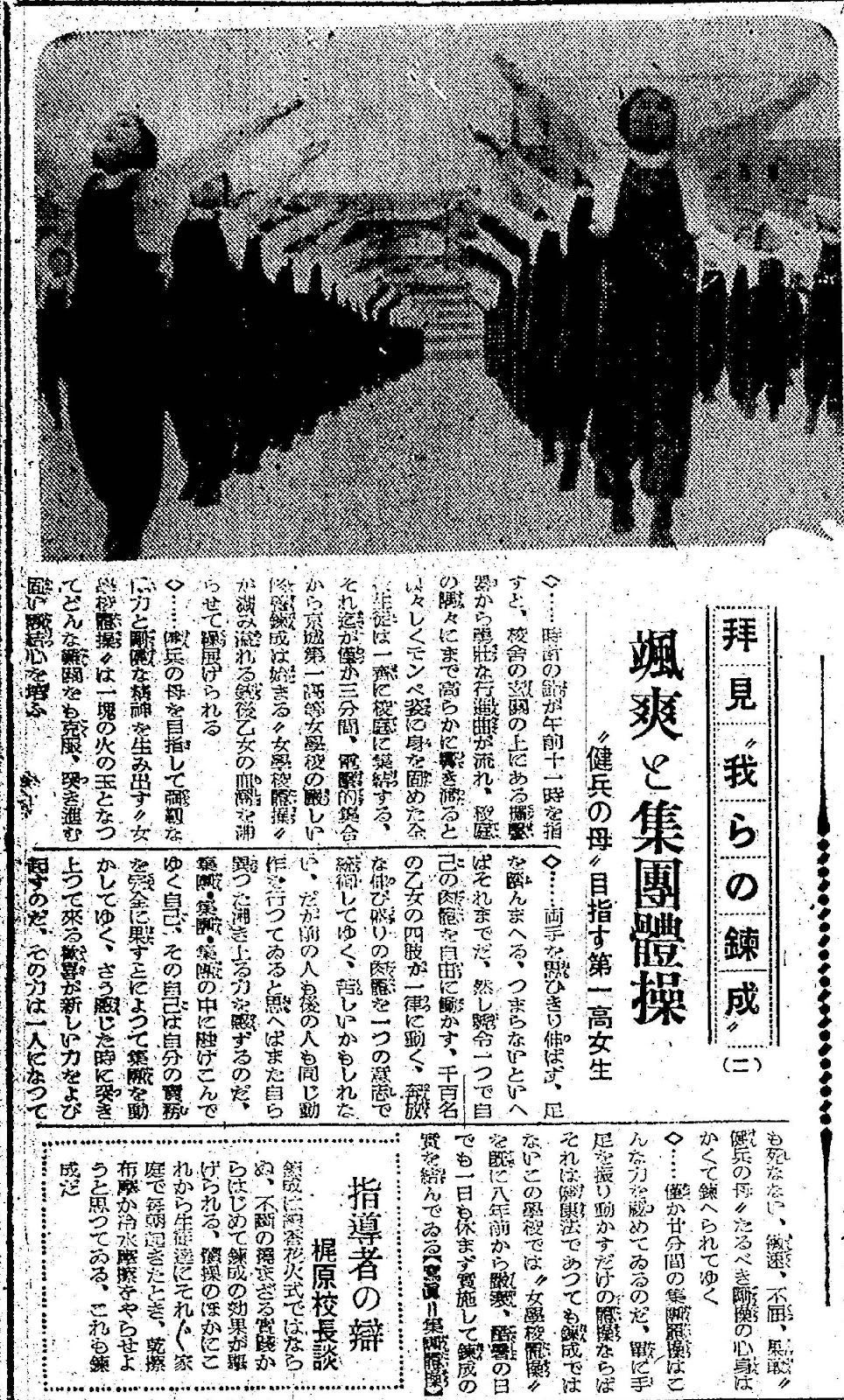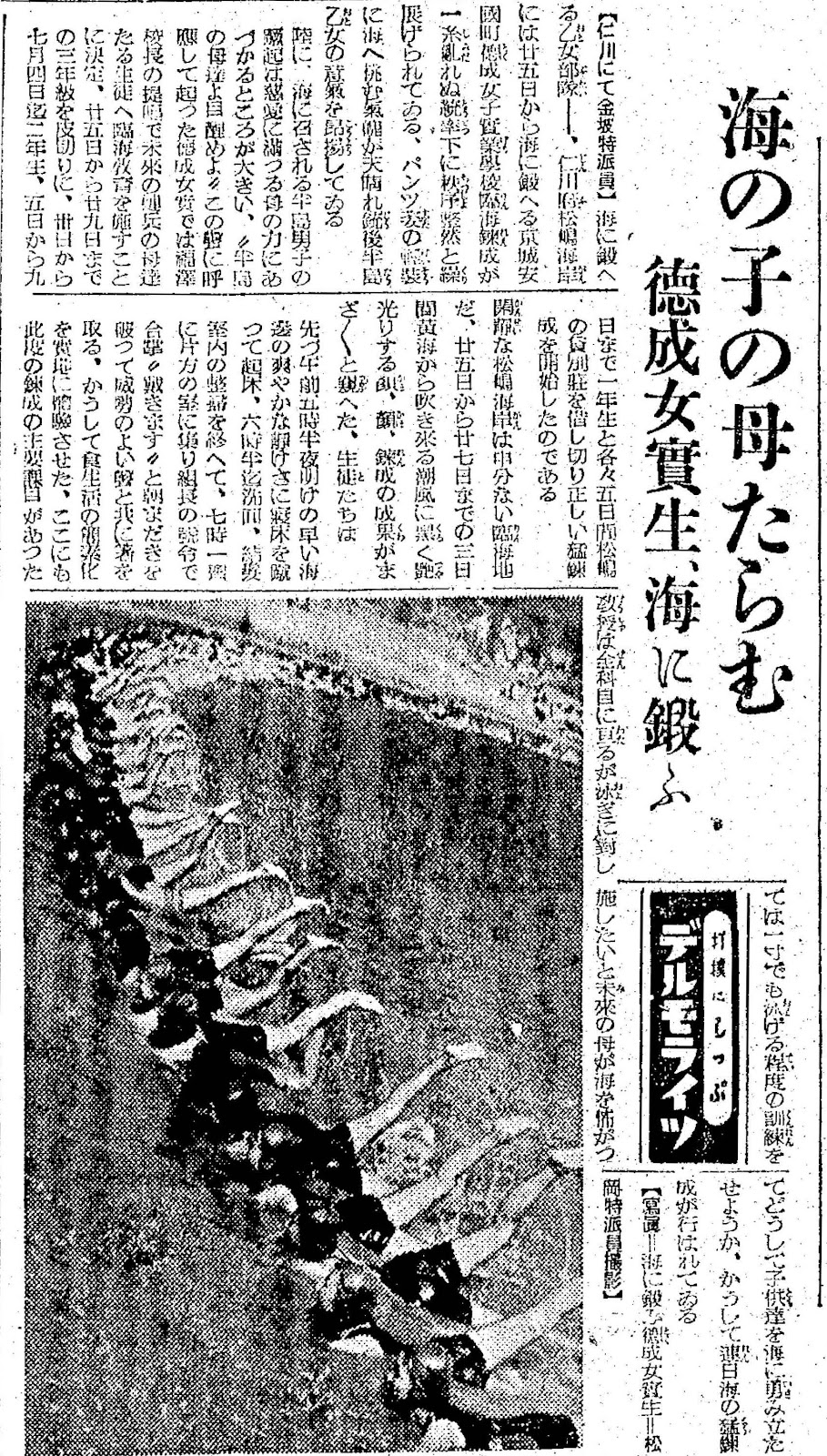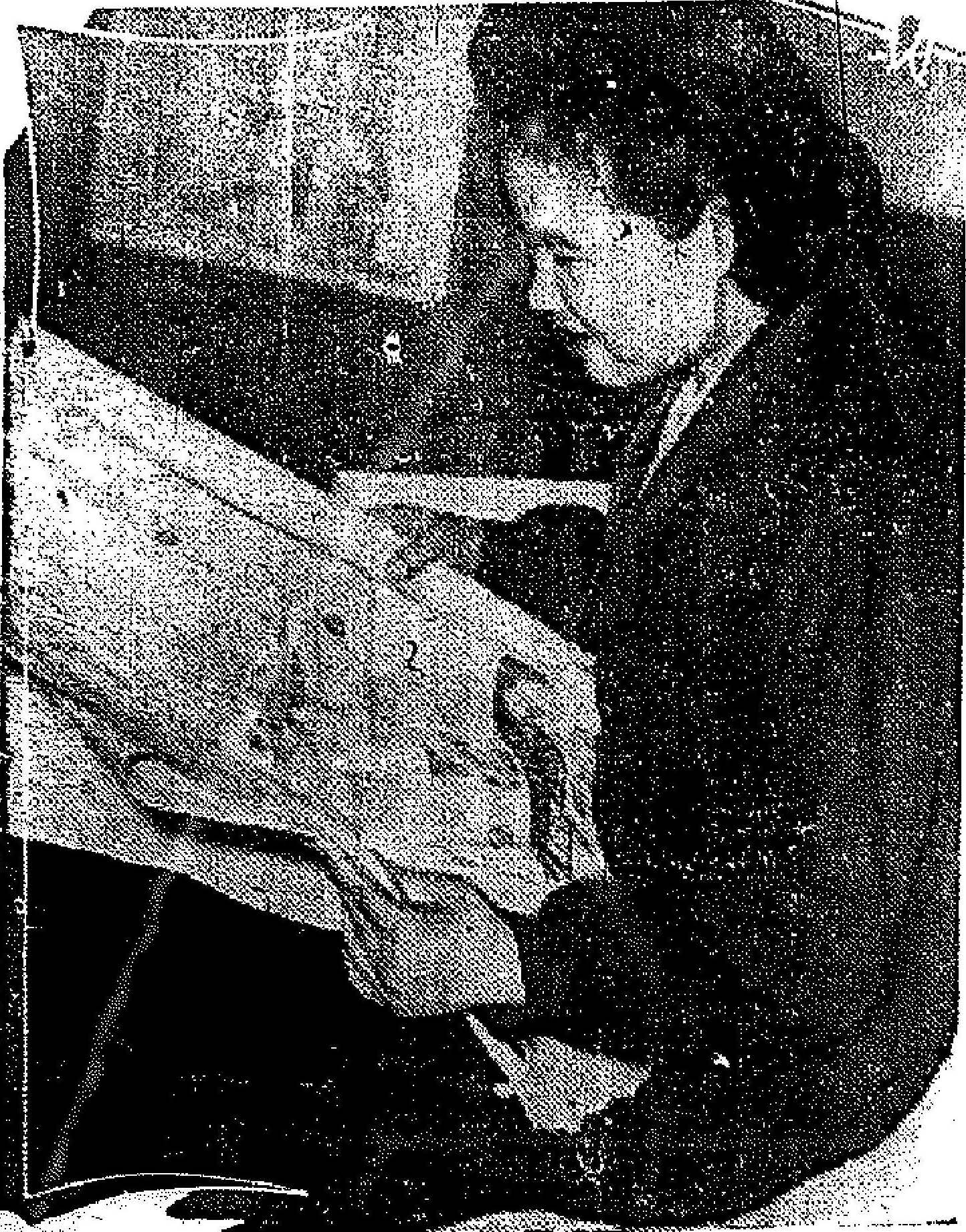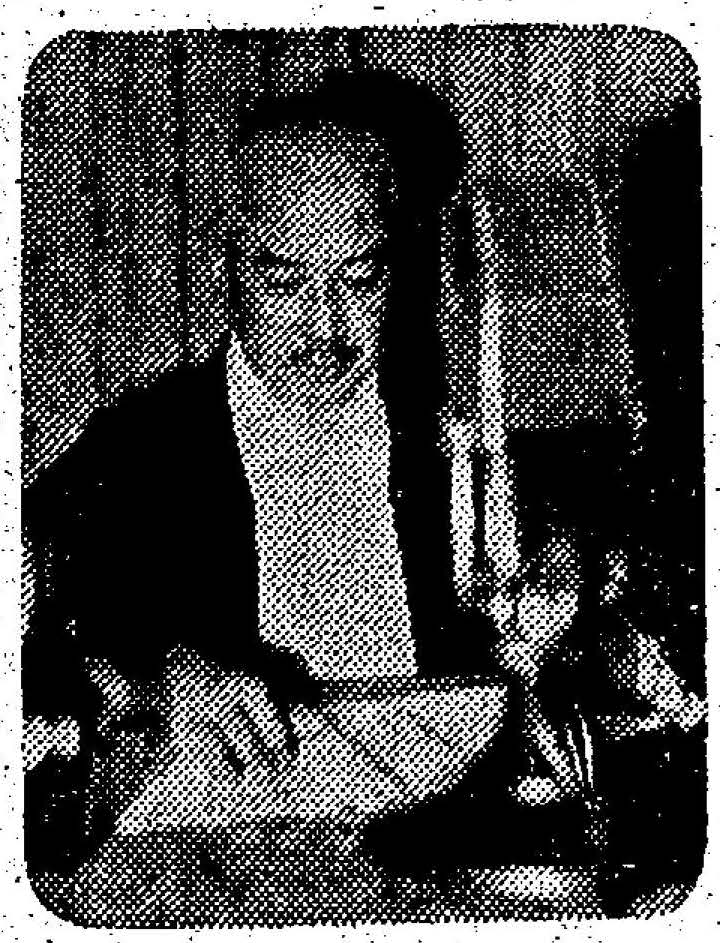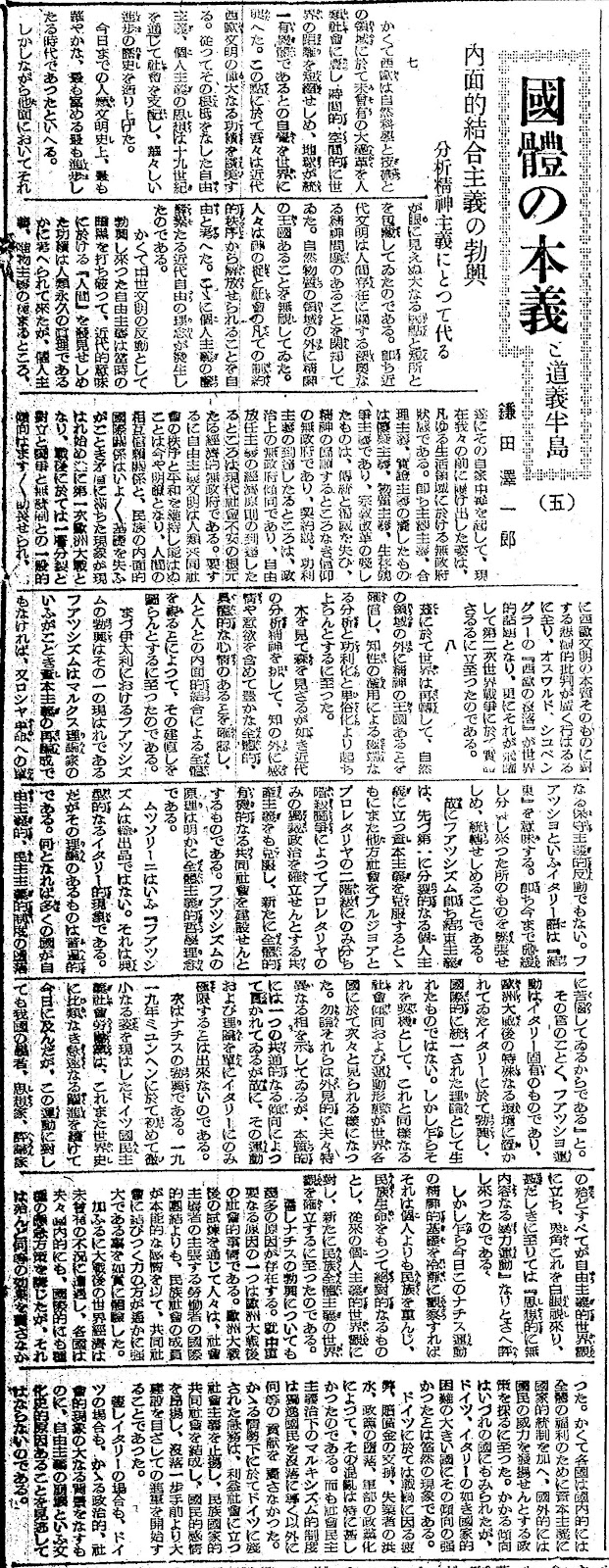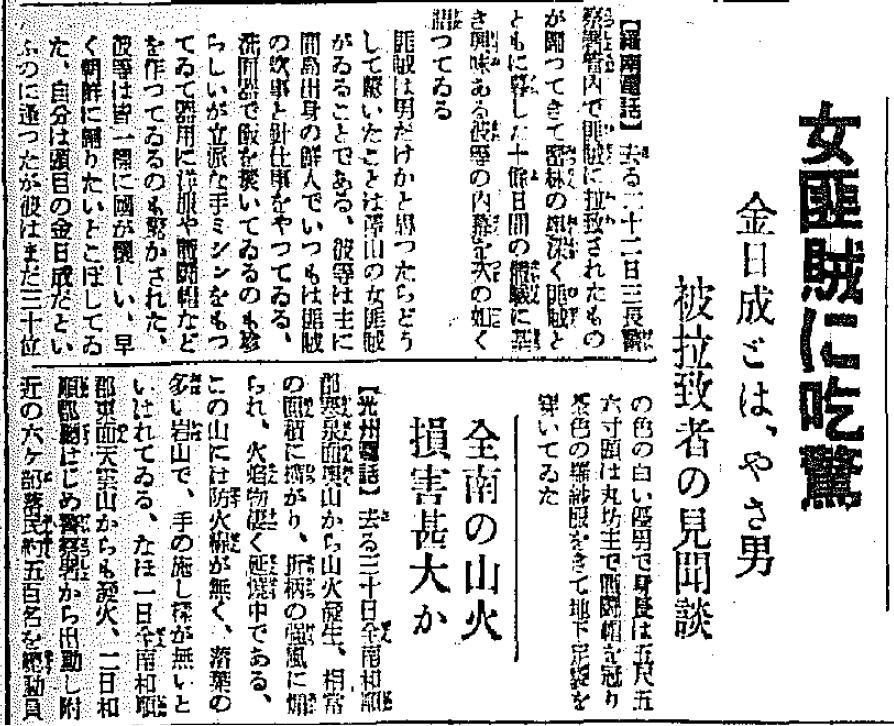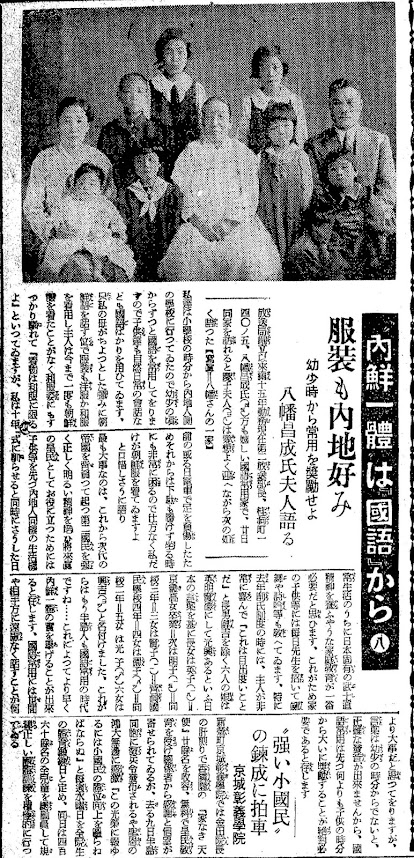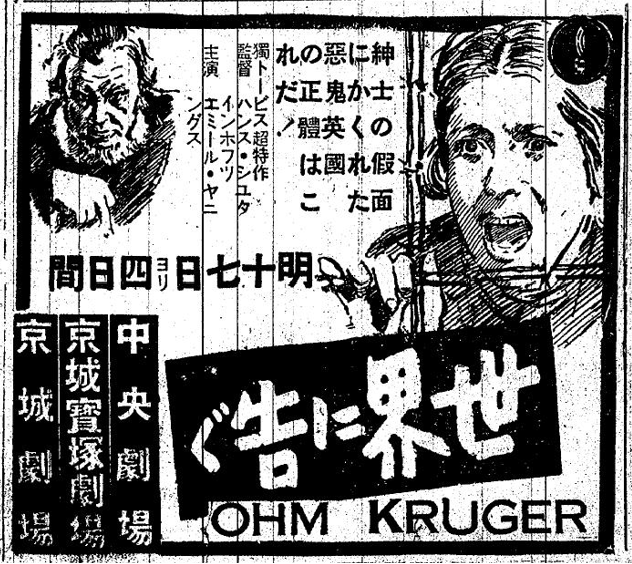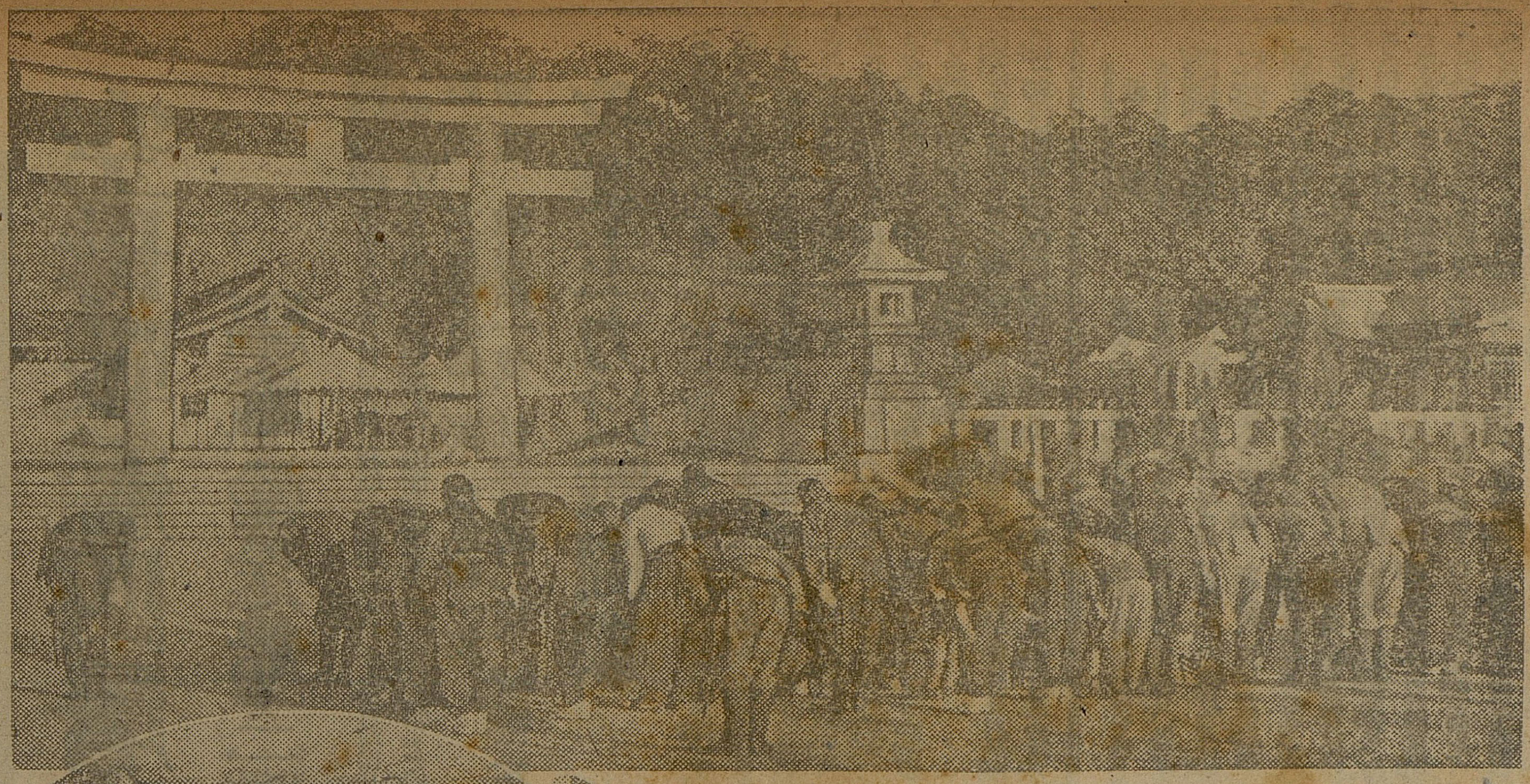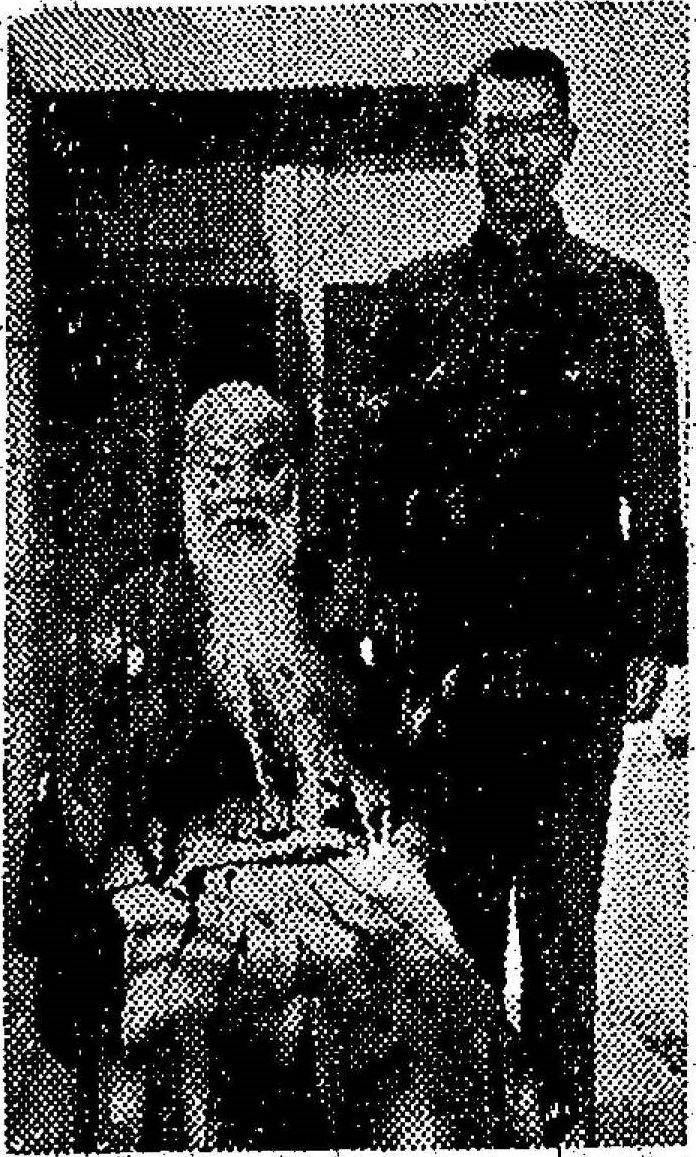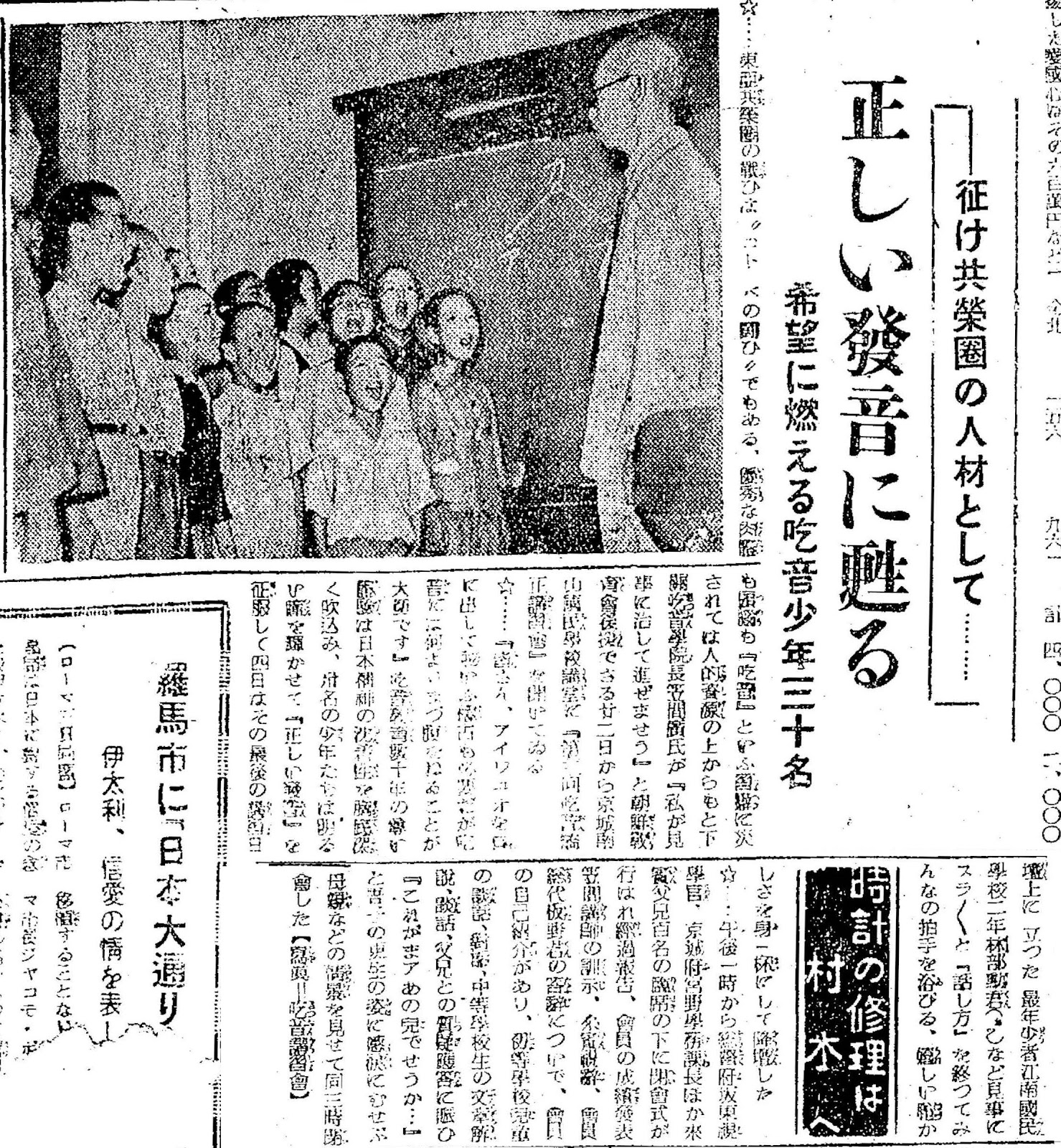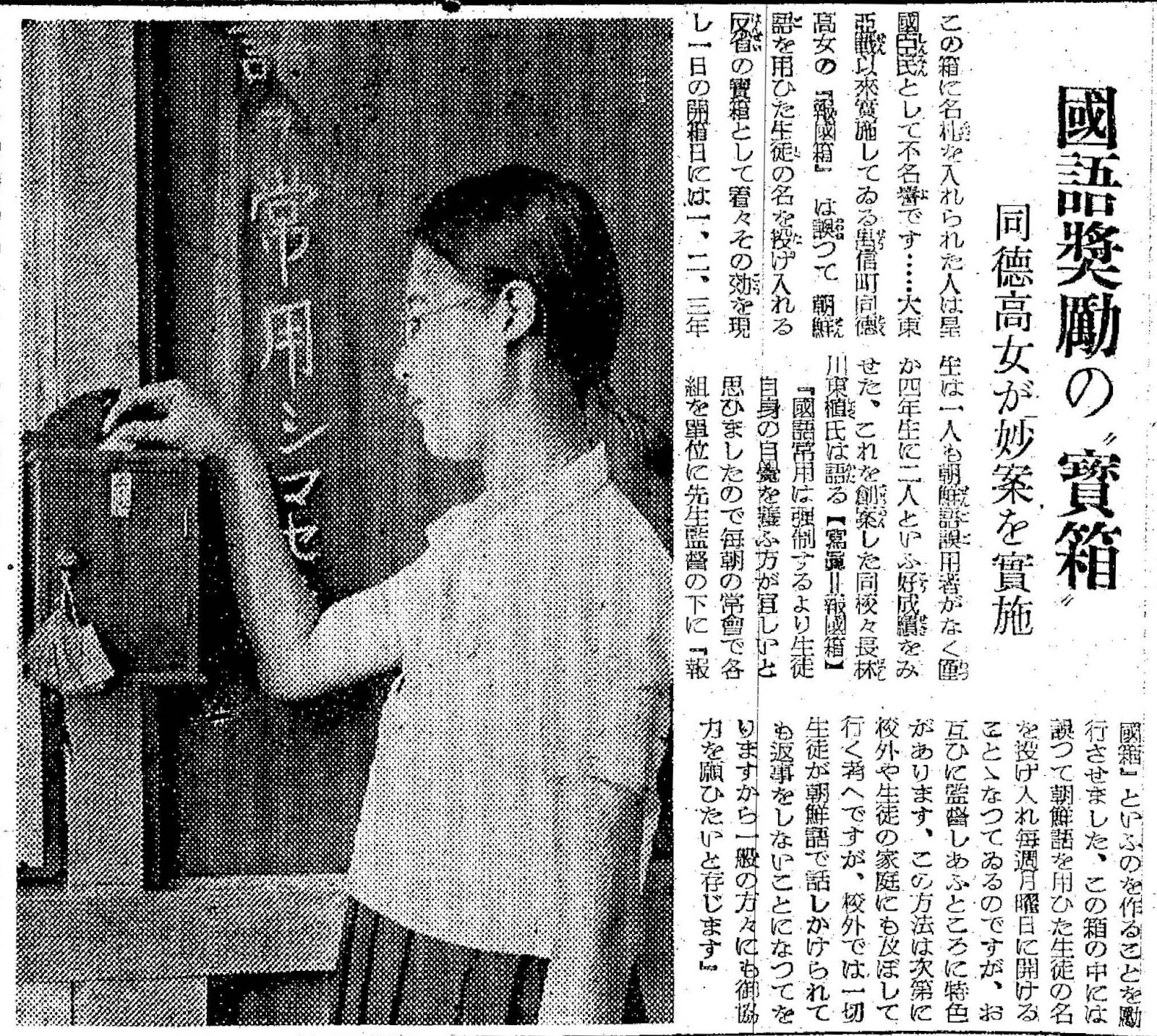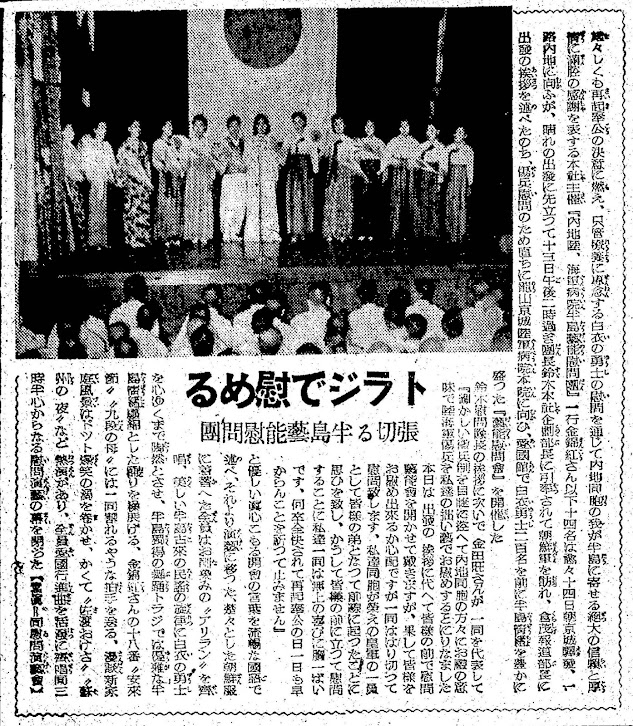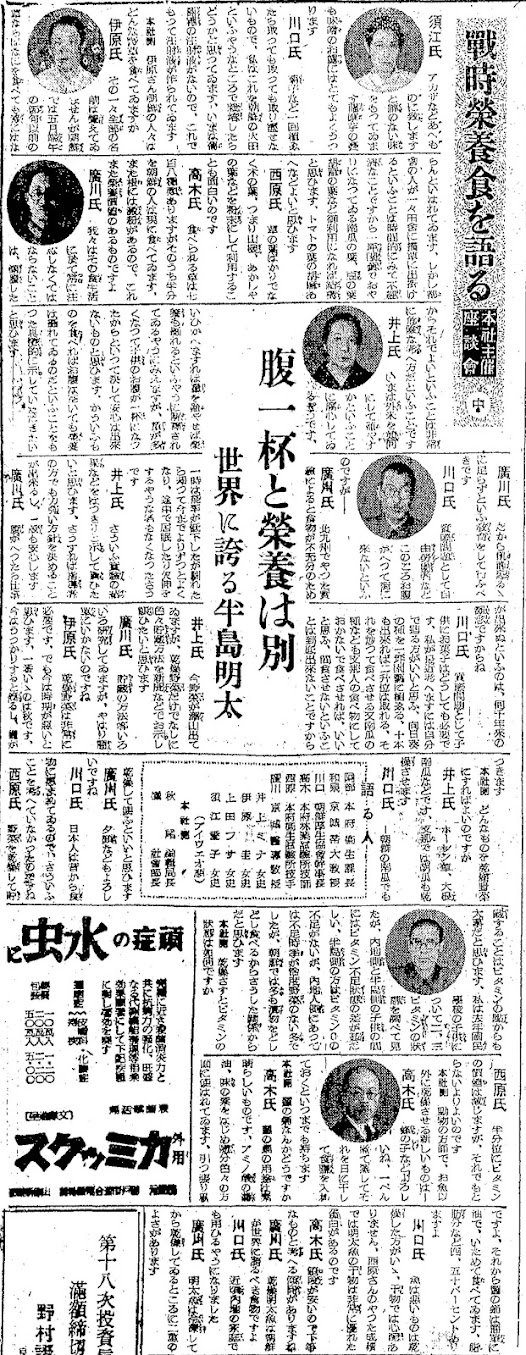
Amid severe wartime food shortages in 1943, propaganda article notes that Korean laborers are not coming to work in the cities due to hunger, but suggests hunger can be a productivity booster if workers get used to it, and full stomachs are not necessary for proper nutrition
(Translation)
Gyeongseong Ilbo (Keijo Nippo) July 26, 1943
Discussing Wartime Nutritional Foods
Roundtable discussion hosted by the head office of the newspaper
Full stomachs and proper nutrition are separate things
Alaska pollock in Korea is world-class
Ms. Aiko Sue: Chenopodium album var. centrorubrum and other vegetables have a non-habitual taste when made into a paste. Stems of sweet potato also go well with miso sauce.
Mr. Kawaguchi: Once you plant Jerusalem artichoke, you grow so much that you cannot pick them all, and I am thinking of growing it in places like the hwajeon (traditional slash-and-burn farm fields) in Korea. Nowadays there is no glucose to make injectable solution, so this is used to make injectable solution instead.
Keijo Nippo Reporter: Ms. Ihara, what kinds of wild plants do the people of Korea eat?
Ms. Ihara: I don’t remember the names of all of them, but in Korea, it is said that as long as they are eaten before the Iris Festival on May 5, they are not poisonous. However, it is uneconomical for city people to go to the countryside every time to pick wild plants, so you can use pumpkin leaves, bean leaves, sesame leaves, etc., which you have been growing in your small one-tsubo (3.3 square meters) garden plots. A sesame paste of tomato leaves would be a good idea.
Mr. Nishihara: It would be interesting to use not only grass leaves but also leaves of trees, such as leaves of Aralia elata and Acacia trees, in powder form.
Mr. Takagi: There are seven hundred and eight kinds of edible grasses, half of which are actually eaten by the people of Korea. Also, the roots have starch, which is also of nutritional value.
Dr. Hirokawa: We must always be careful in our eating habits, because it is a very dangerous idea to think that a full stomach is enough.
Ms. Mina Inoue: It seems that nowadays, people are trying to find ways to increase the amount of rice imported from outside of Japan. In other words, it seems that increasing the amount of rice is interpreted as meaning that more nutrients can be obtained, but I don’t think we can rest easy just because the children’s stomachs are full due to the increased weight of the rice that they eat. I think we should show in concrete terms that, if they eat certain kinds of food, they will be well nourished even if they are hungry.
Dr. Hirokawa: That is why we should educate people that the situation now does not amount to a famine.
Mr. Kawaguchi: As a matter of fact, free laborers are not coming to the cities these days because they are hungry.
Dr. Hirokawa: According to an experiment conducted in Kitakyushu, the lack of sufficient food caused a temporary drop in work efficiency, but once the workers became used to the lack of sufficient food, their work performance became much better than before, and no one fell asleep or yawned during work.
Ms. Mina Inoue: I think we should clearly show them the results of such experiments. Then the leaders can make strong policy decisions and the general public will be reassured.
Dr. Hirokawa: The prevailing concept that has been around for thousands of years has been that, if you are hungry, you cannot work.
Mr. Kawaguchi: As a matter of fact, children definitely need snacks. Recently, I have been thinking that it would be better to make some myself. Plant sunflower seeds in a small one-tsubo garden. If you can produce ten stalks of sunflowers, you can get about 2 shō (about 3.6 liters) of sunflower seeds. I think it would be better if we roast the sunflower seeds or pumpkin seeds and let the children eat them, instead of leaving them as food for the Chinese. It is impossible not to let the children eat snacks between meals.
Ms. Mina Inoue: There are many vegetables available today, and I would like you to show them not only dried vegetable techniques but also various storage methods in newspapers and other media.
Ms. Fusa Ihara: Dried vegetables are very necessary. But I think now is not the right time. The best time is in the fall. If you carelessly do it now, they will rot and get moldy.
Keijo Nippo Reporter: What kinds of vegetables should be dried?
Ms. Mina Inoue: Spinach, radish, pumpkin, etc. In China, cucumber is also dried.
Mr. Kawaguchi: Pumpkins from Korea would be good to dry out.
Dr. Hirokawa: Bottle gourds are also good to dry out.
Mr. Kawaguchi: Japanese people have been blessed with ample food supplies for a long time, so they have not had to think about such things.
Mr. Nishihara: I think it is important to dry and store vegetables in terms of vitamins. Last year, I examined the vitamin levels of the children at elementary schools, and found that there was an enormous difference in the vitamin deficiency levels between the children in Japan proper and those in Korea. The Korean children had no vitamin C deficiency, whereas the Japanese children had vitamin C deficiency especially in the winter, when there were no vegetables to eat. I think this is because Koreans eat a lot of pickled vegetables even in the winter.
Keijo Nippo Reporter: How are the vitamins when the vegetables are dried out?
Mr. Nishihara: The amount of the vitamins is reduced by half, but it is still better than not taking them at all.
Keijo Nippo Reporter: Speaking of edible animals, other than fish, are there any other novel things that can be dried?
Mr. Takagi: Bee larva is a good example. If you boil them, steam them, dry them in the sun, and add salt, they will always last.
Keijo Nippo Reporter: How about silkworm pupa?
Mr. Takagi: Silkworm pupa have wonderful uses. They are used in a variety of products, including soy sauce, which has amino acids, and Aji-No-Moto. They are really popular. Silkworm pupa are easily cooked in oil and eaten. They have 40 to 50 percent fat content.
Mr. Kawaguchi: If the fish is bad, it is better to dry it. With dried fish, there is no need to worry. According to the results done by Mr. Nishihara, dried Alaska pollock has very good protein.
Mr. Takagi: There is a tendency to consider it to be inferior because of its low price.
Dr. Hirokawa: Dried Alaska pollock is a food that Korea should be proud of showing off to the world.
Mr. Kawaguchi: Recently, it has come to be used in households in Japan proper as well.
Dr. Hirokawa: Alaska pollock has a double advantage in that it can be frozen and then dried.
Panelists:
- Mr. Abe, Director of the Seoul Public Health Division
- Mr. Izumi, Professor of Seoul Imperial University
- Mr. Kawaguchi, Secretary General of the Korean Welfare Association
- Mr. Takagi, Engineer, Seoul Forestry Experiment Station
- Mr. Nishihara, Engineer, Seoul Public Health Laboratory
- Mr. Hirokawa, Professor, Seoul Medical College
- Ms. Mina Inoue
- Ms. Kei Ihara
- Ms. Fusa Ueda
- Ms. Aiko Su’e
(in Japanese kana order)
Keijo Nippo Head Office
- Aki [illegible] Editorial Director
- [illegible] Director of Social Affairs Department

